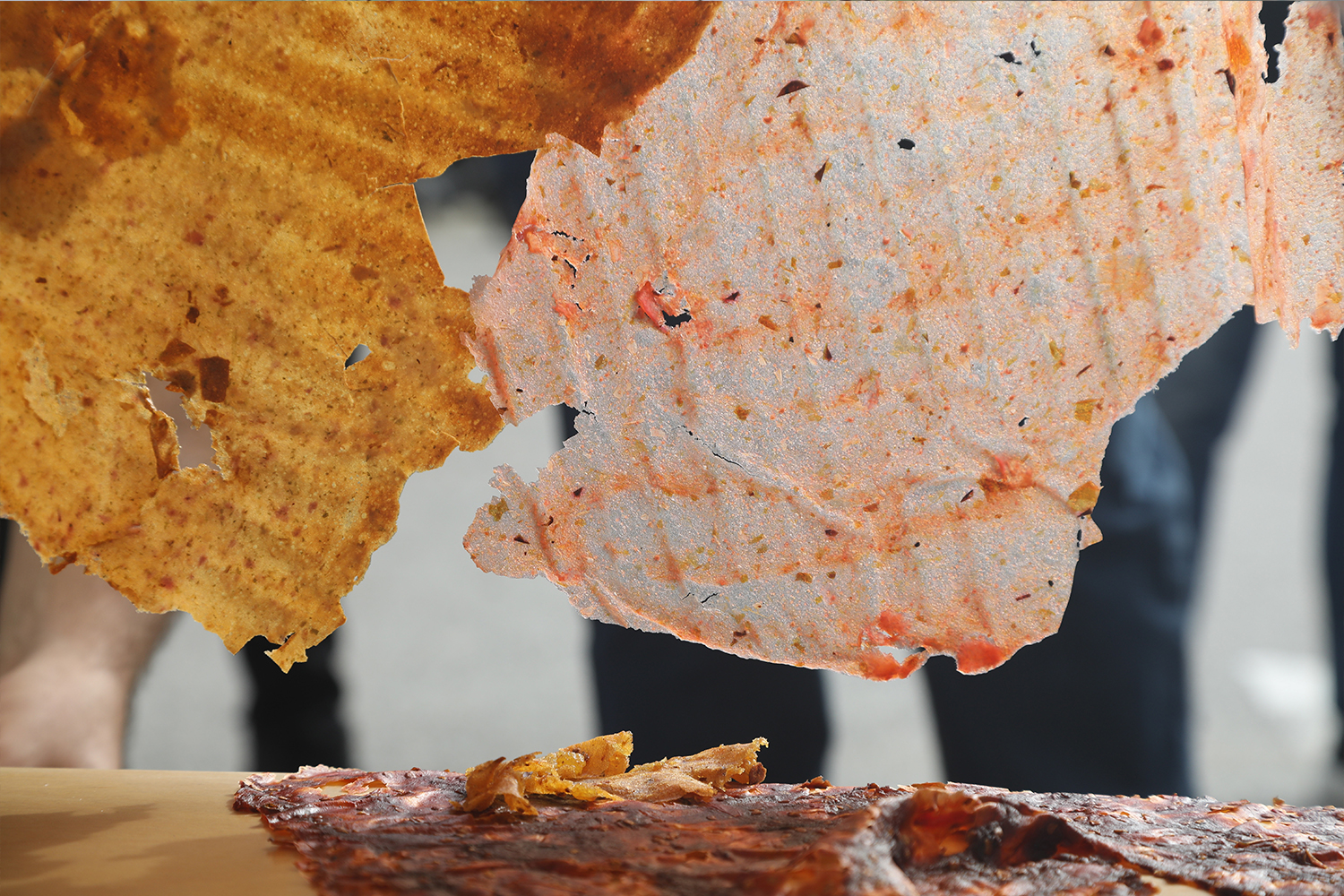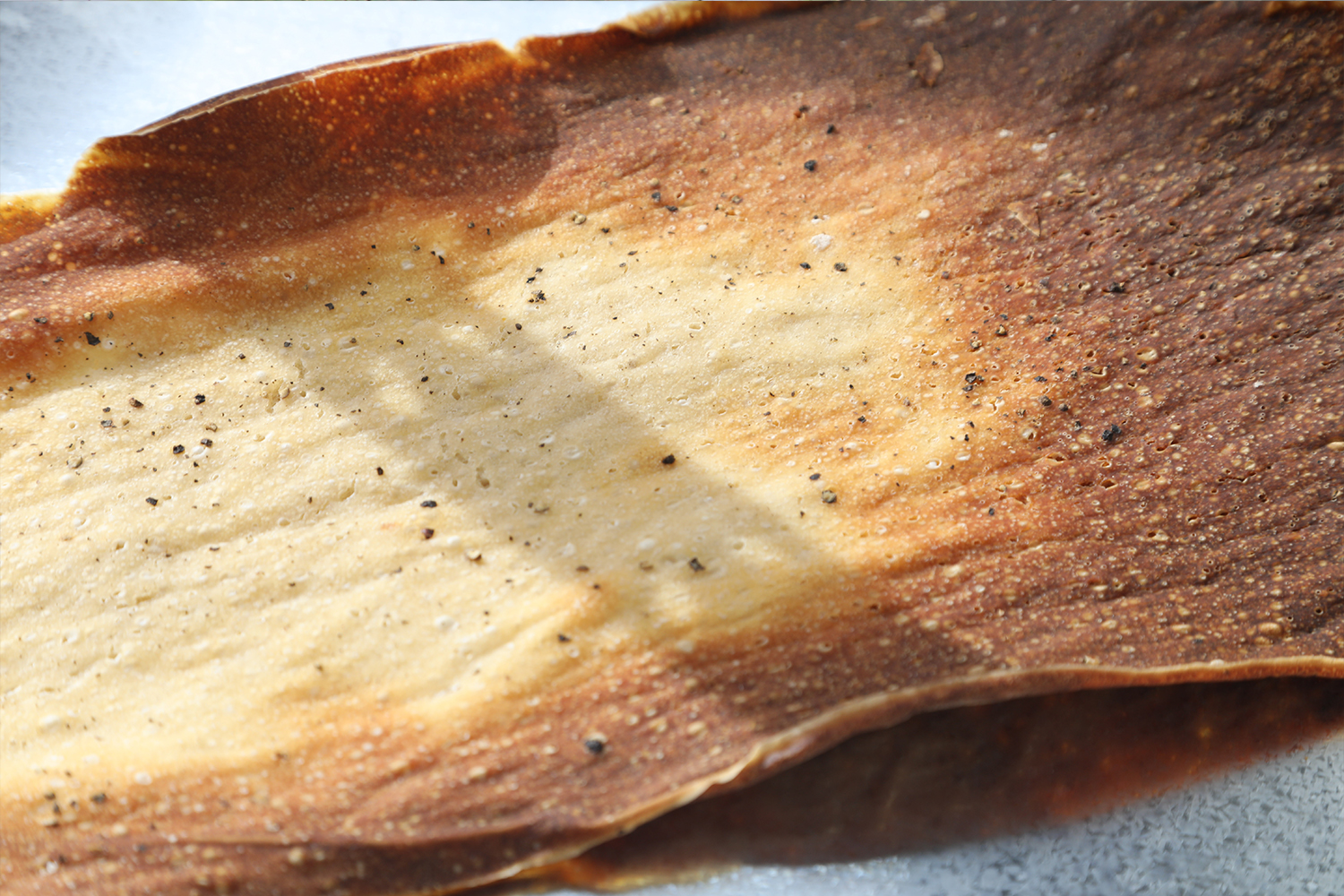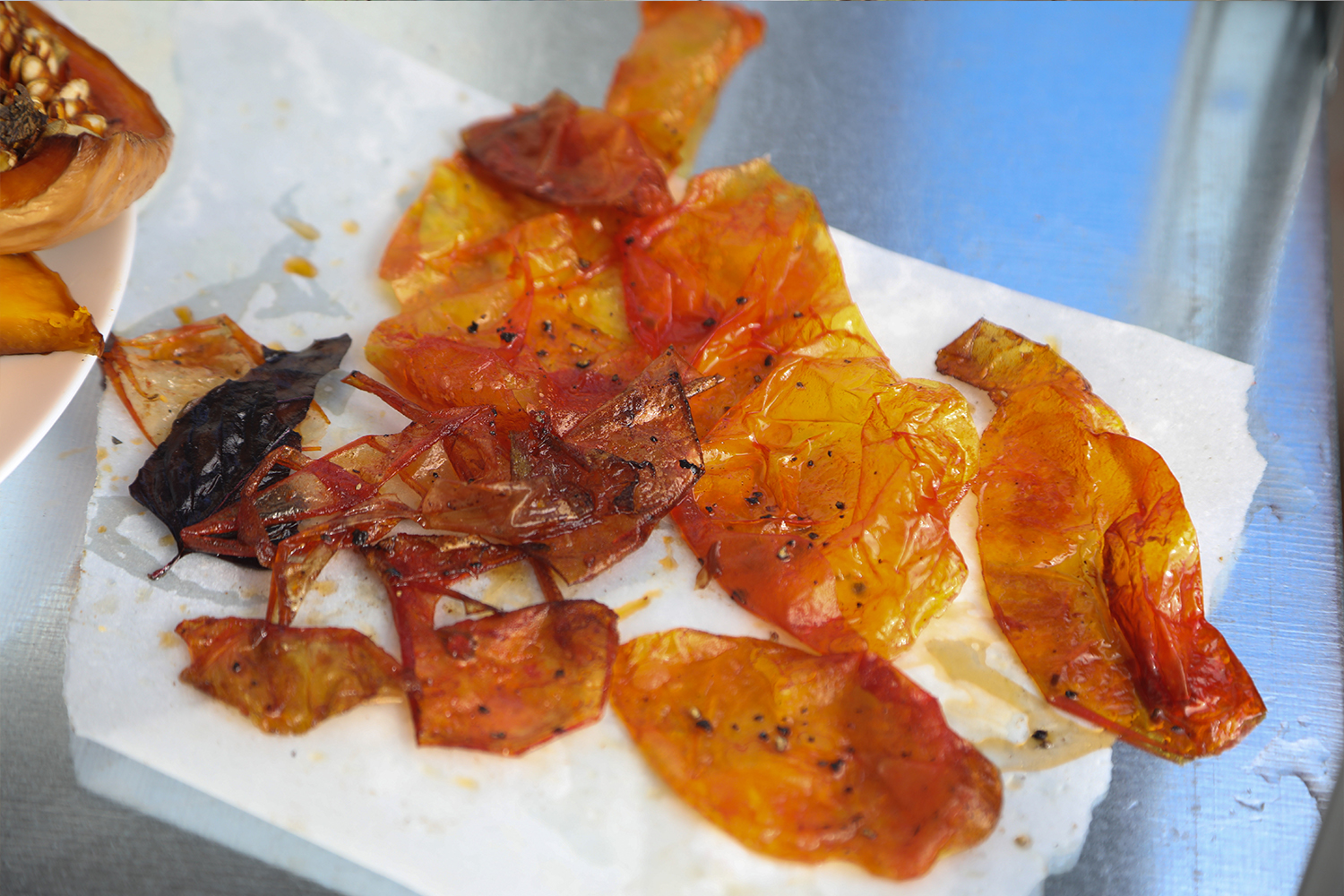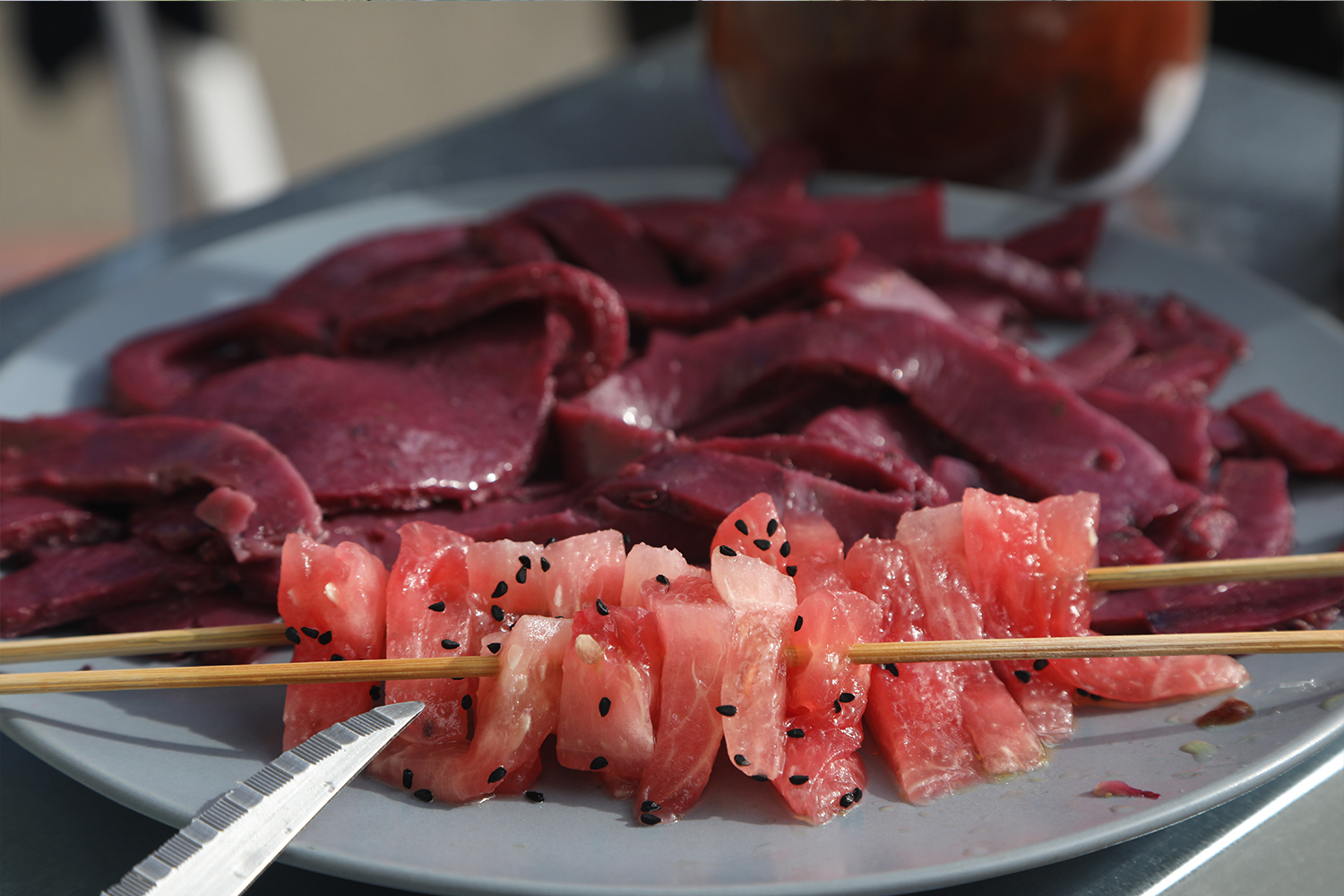This website uses cookies so that we can provide you with the best user experience possible. Cookie information is stored in your browser and performs functions such as recognising you when you return to our website and helping our team to understand which sections of the website you find most interesting and useful.
szabadonbalaton
ecological art initiative
various locations, 2019-
szabadonbalaton
ecological art initiative
various locations, 2019-
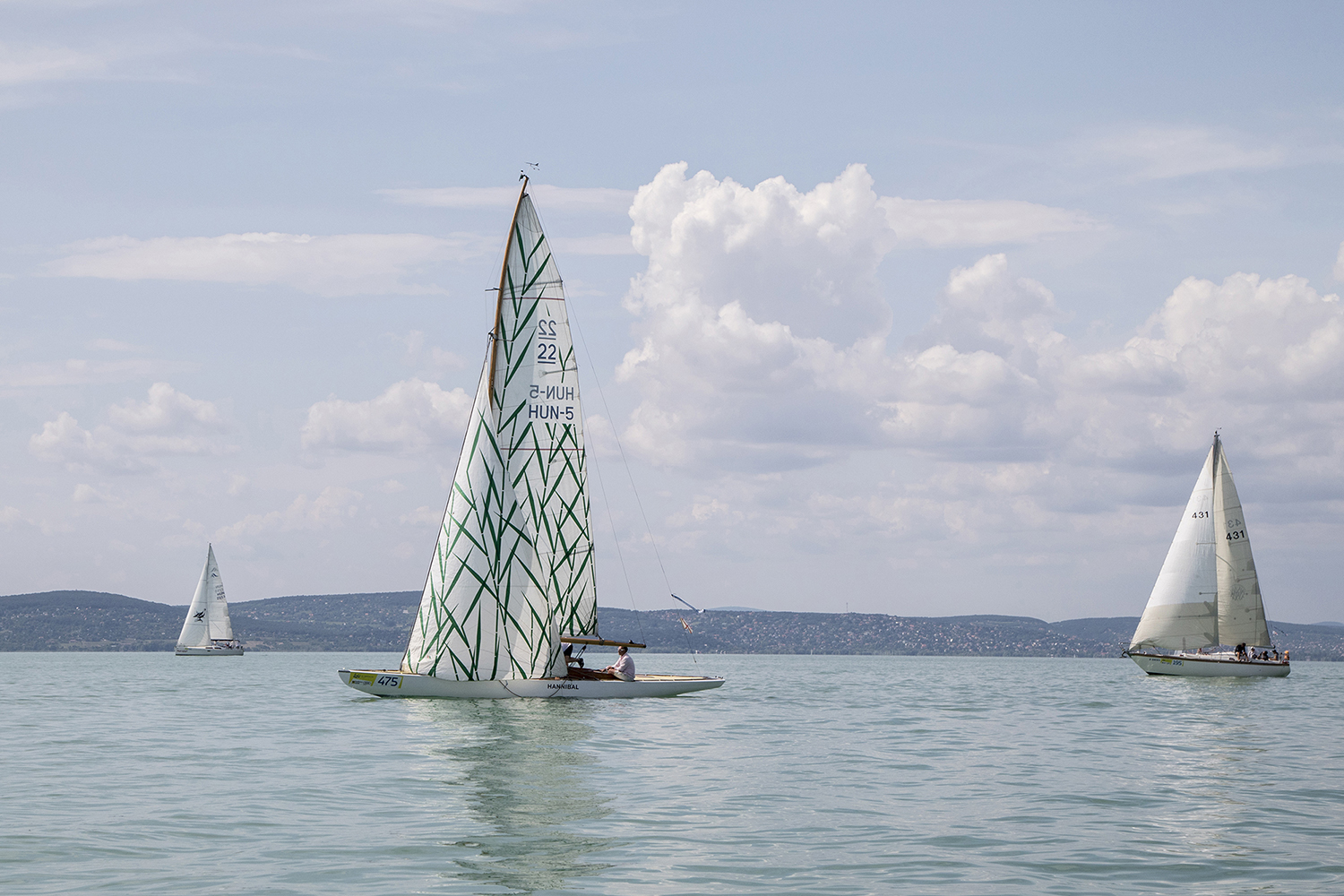
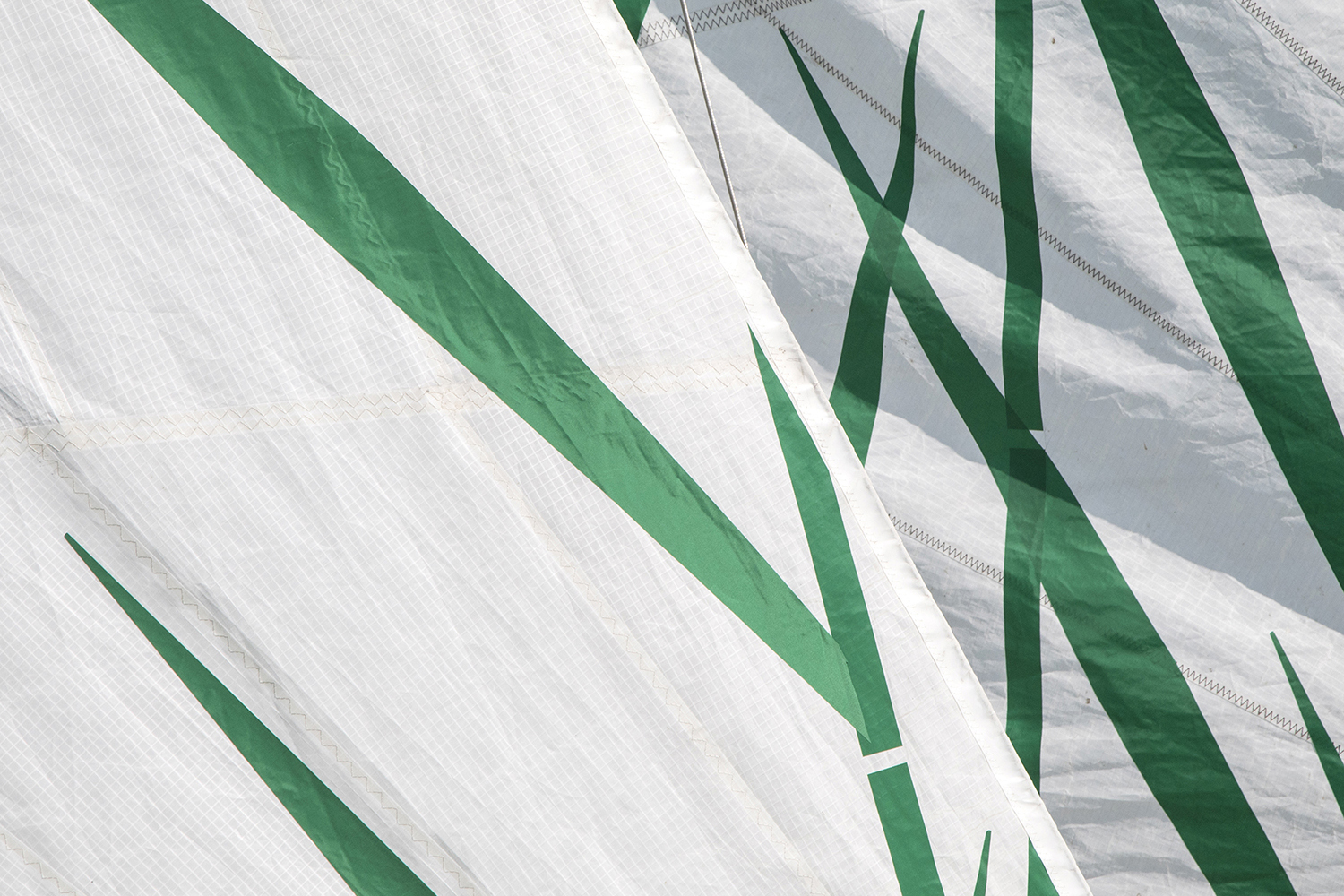
Project by PAD
Core team members: Diána Berecz, Dániel Bozzai, Eva Bubla, Bence Fülöp, Barnabás Neogrády-Kiss, Ágnes Vári, András Zlinszky
szabadonbalaton (‘free Balaton’ refers to Hungary’s biggest lake, Lake Balaton, and its socially and ecologically conscious treatment) is a cultural platform using an ecological approach, reflecting on the natural-cultural landscape features and processes of the Balaton region, its sustainable and climate-adaptive landscape ecology. It integrates interventions from the field of ecology, art, social sciences, technology and economics.
The ecological art projects of szabadonbalaton draws attention to the ecological needs and risks of the Balaton region, and aims to transform public awareness and practices. In a cross-sectoral collaboration of artists, natural and social scientists (anthropologist, ecologist, water engineer), the projects reflect on the ecological and social aspects of Lake Balaton and raise awareness of local residents, tourists, and decision-makers. The ultimate objective of the platform is to create a sustainable vision for the lake and the region, which would mitigate the effects of climate change.
Hannibal
Blue Ribbon 2019
Aerial images by the Balaton Limnological Institute examined the long-term changes of the reed wetland areas and demonstrated that a permanently high water level results in reed die-back, while fluctuating water level is essential for maintaining the healthy ecosystem of the wetlands. Otherwise, the coherent reed areas disintegrate into islands and disappear from deeper waters, which process is already visible due to current water management policies. The condition of the reed is of crucial importance both in terms of the preservation of the landscape character of Lake Balaton and its ecosystem services.
szabadonbalaton debuted on the 51st Blue Ribbon long-distance regatta, where its participating sailboat named Hannibal served as the visual platform of the initiative. The boat carried the visual elements of the reed belt in order to call or attention to the disappearance of the coastal vegetation and reed beds, shedding light on the importance of these areas and their conservation. Further participants of the race received brochures with detailed information about the scientific background of the project, at the same time they could place a sticker on their own sails to express their solidarity.
Special thanks to: Gosztola Kitti, Horváth Olivér
szabadonbalaton concept bar events
Balatonfenyvesi Szabadstrand – NN Ultrabalaton – Siófoki Halfesztivál, 2021
Gyenesi Lidóstrand, 2020
Siófok-Sajkod, Hungary, 2019
After its debut at the Blue Ribbon 2019 sailing competition, the boat and its crew docked in various beaches of the lake to serve Balaton-specific cocktails in its pop-up concept bar. The served concept drinks demonstrate the ecological processes and changes the lake ecosystem goes through, engaing the audience in a multi-sensory experience by tasting phenomena such as algae bloom, reed die-back, or mud formation. This enables us to initiate a conversation about the topics discussed, which you can read more detailed information about here.
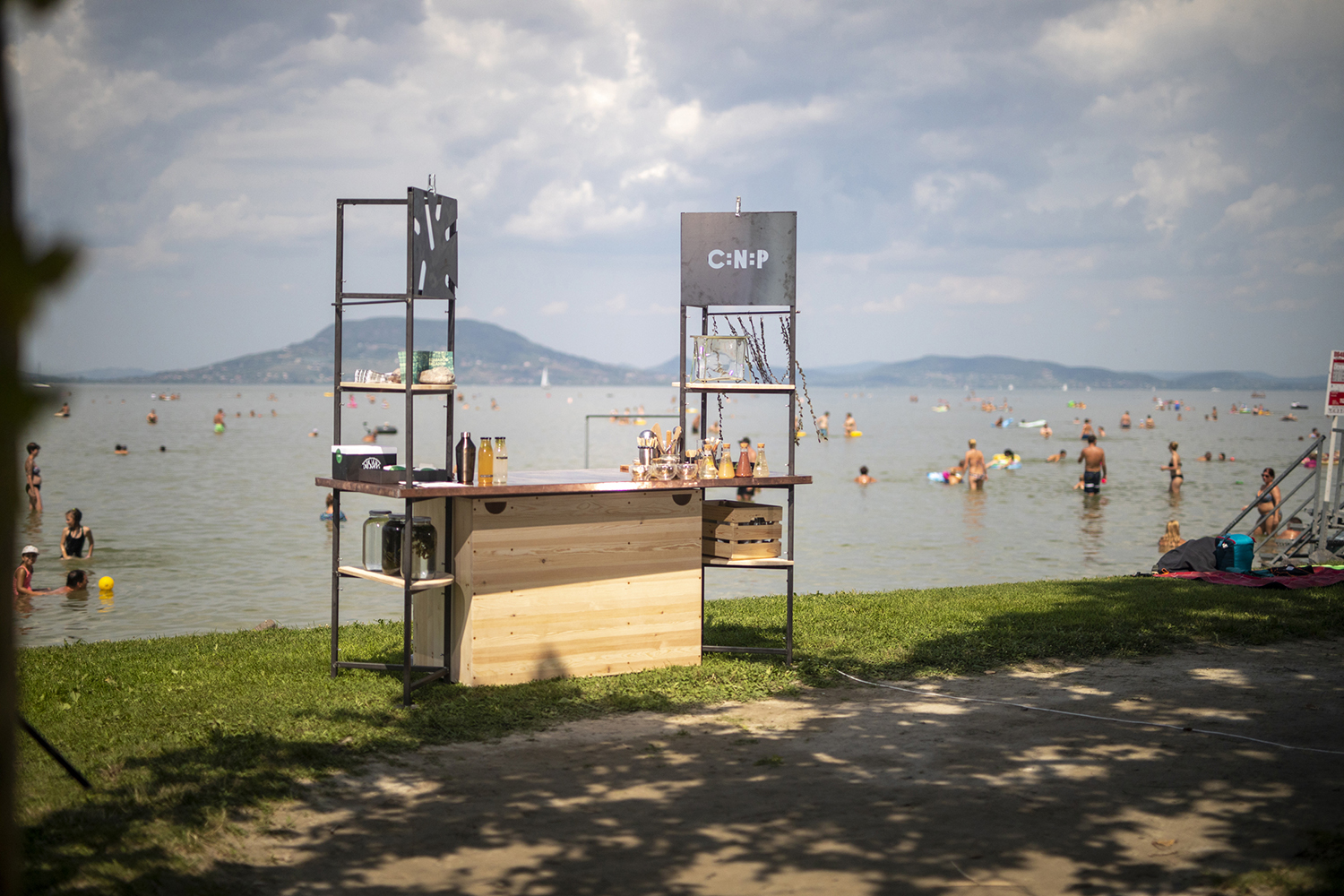
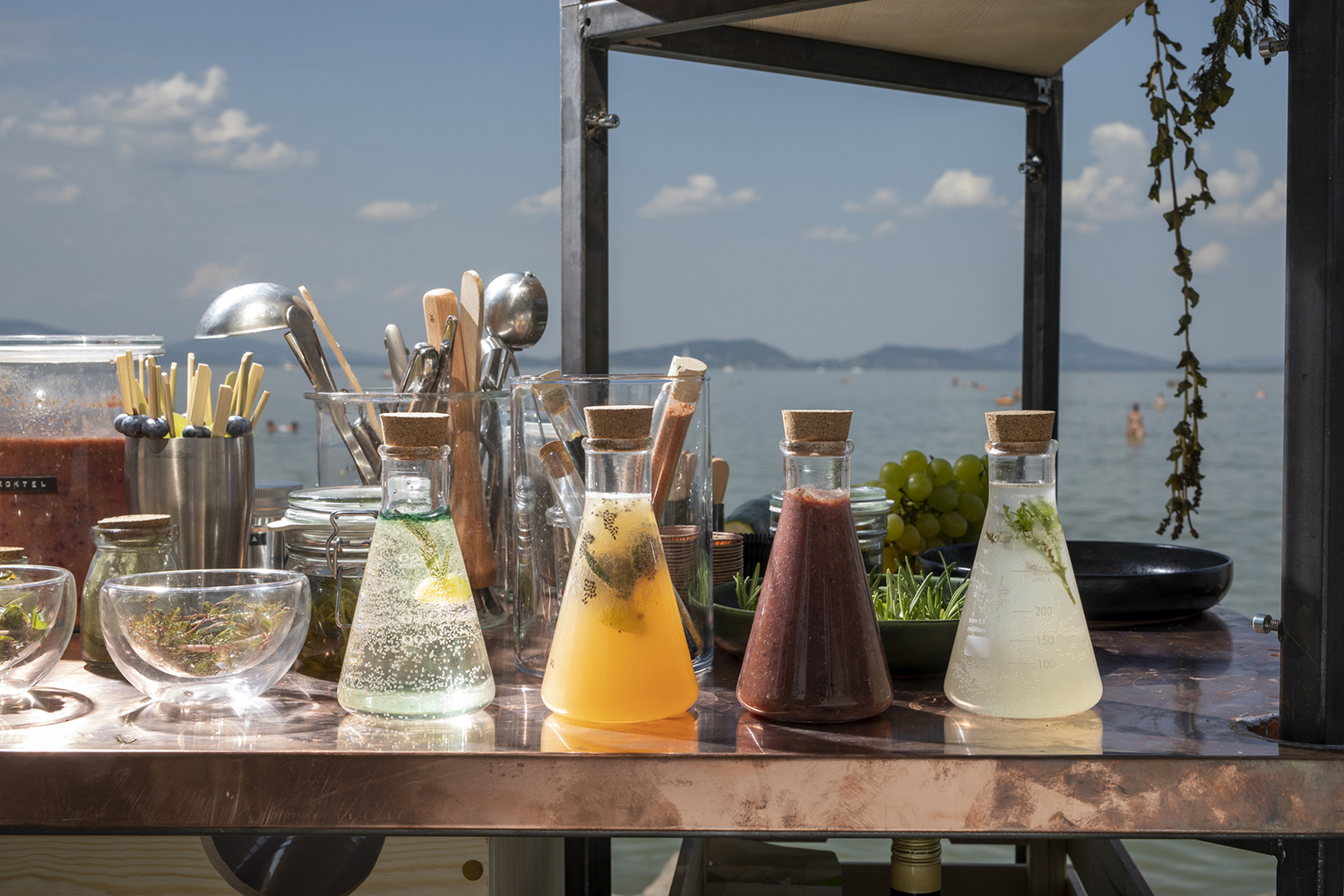
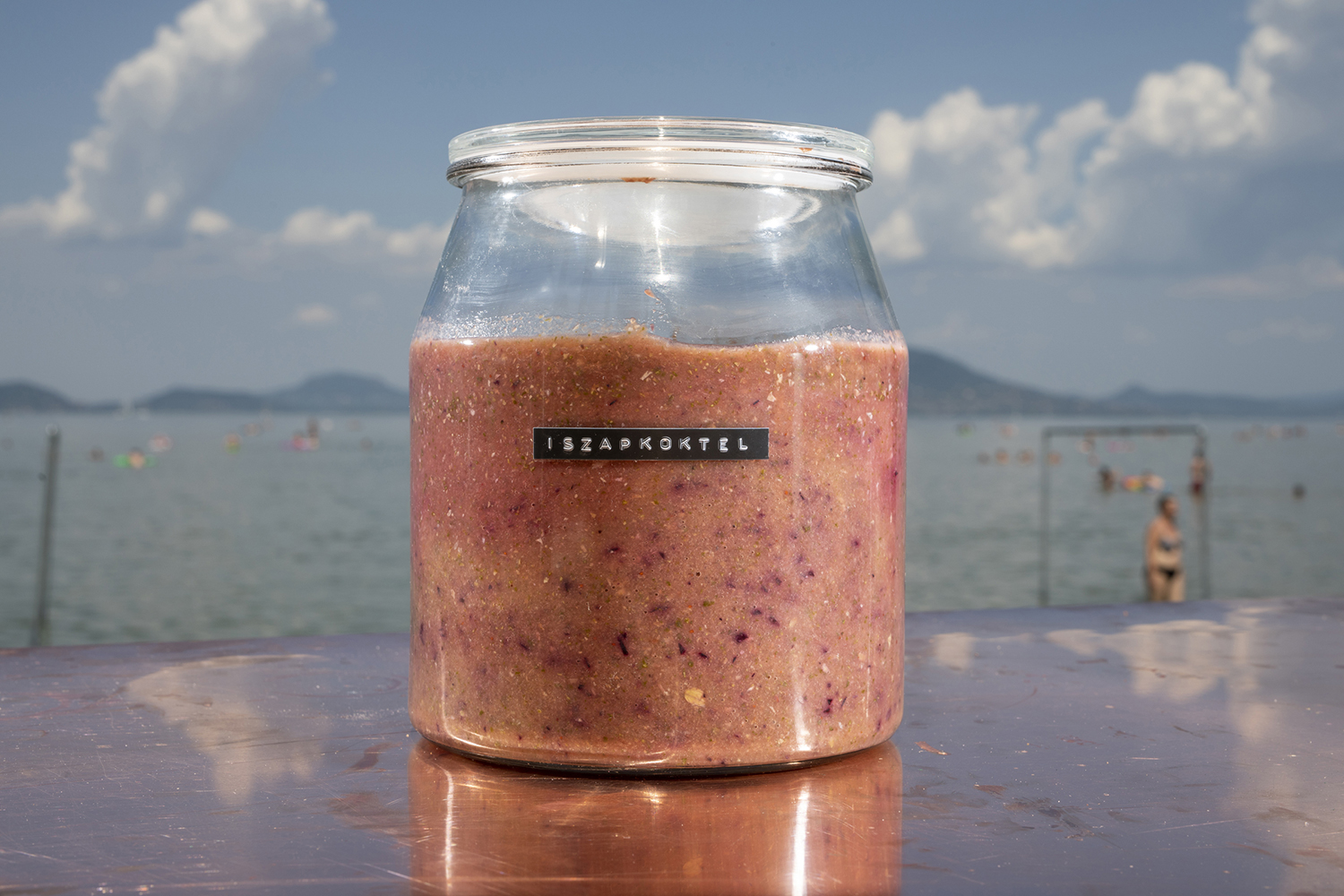
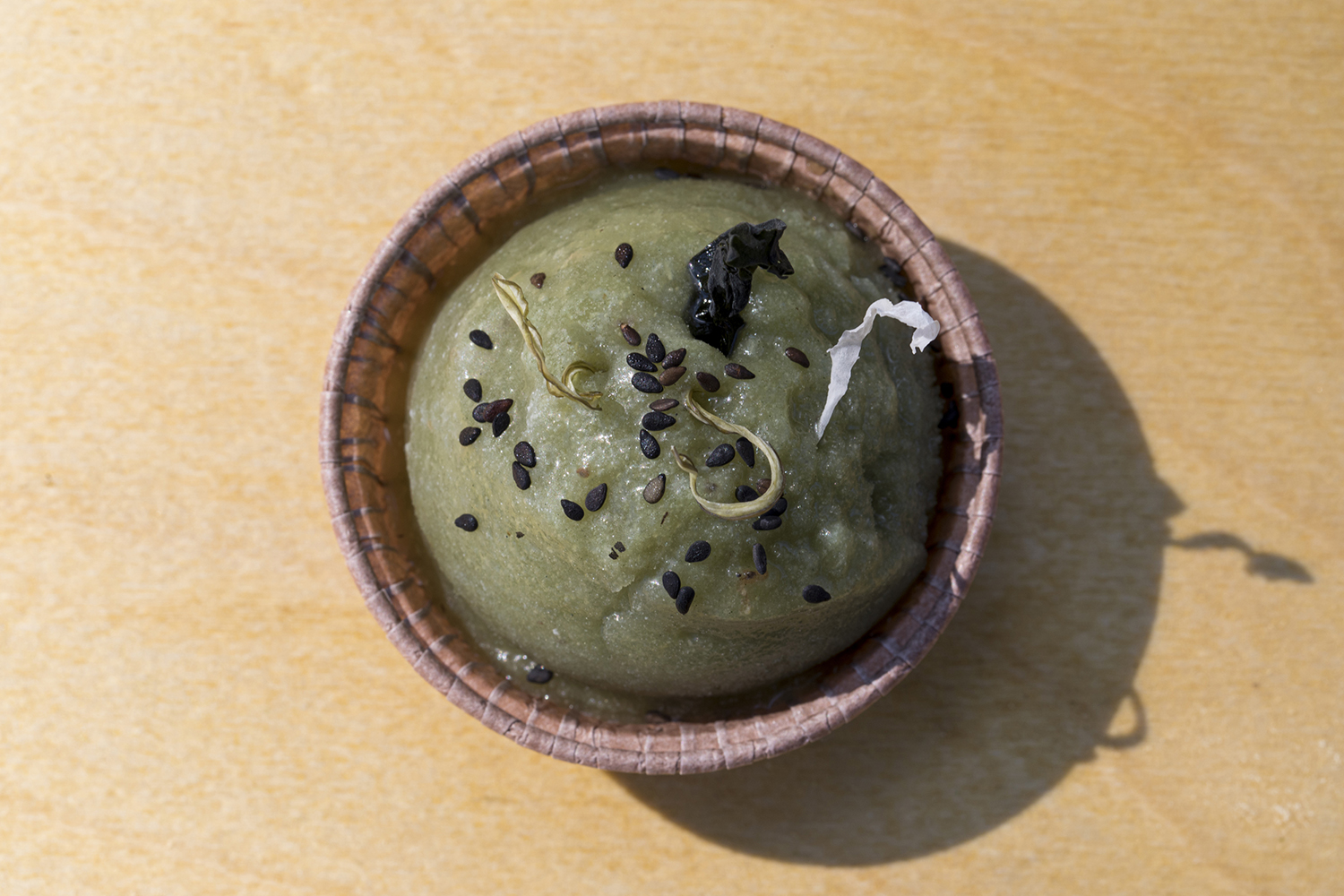
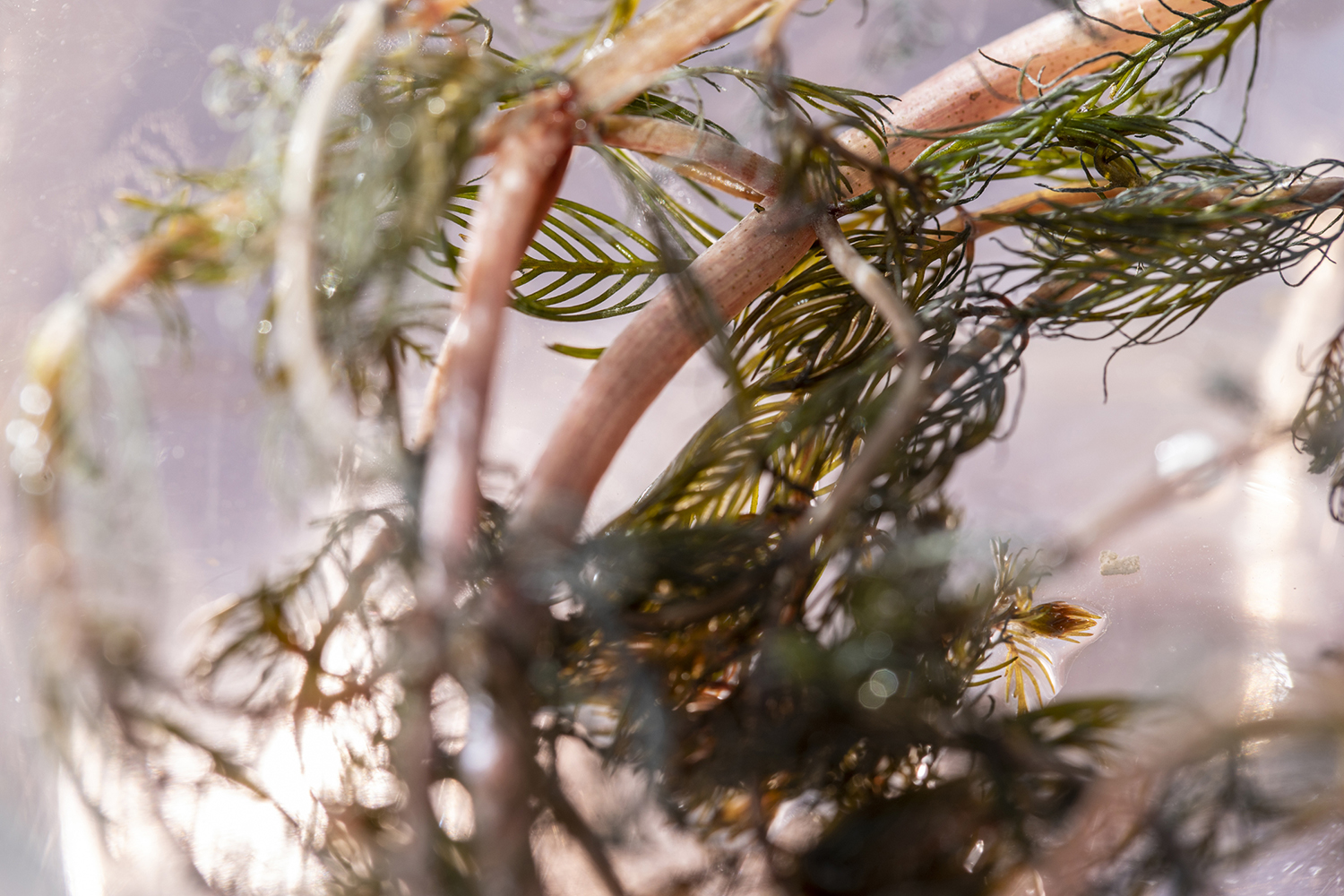


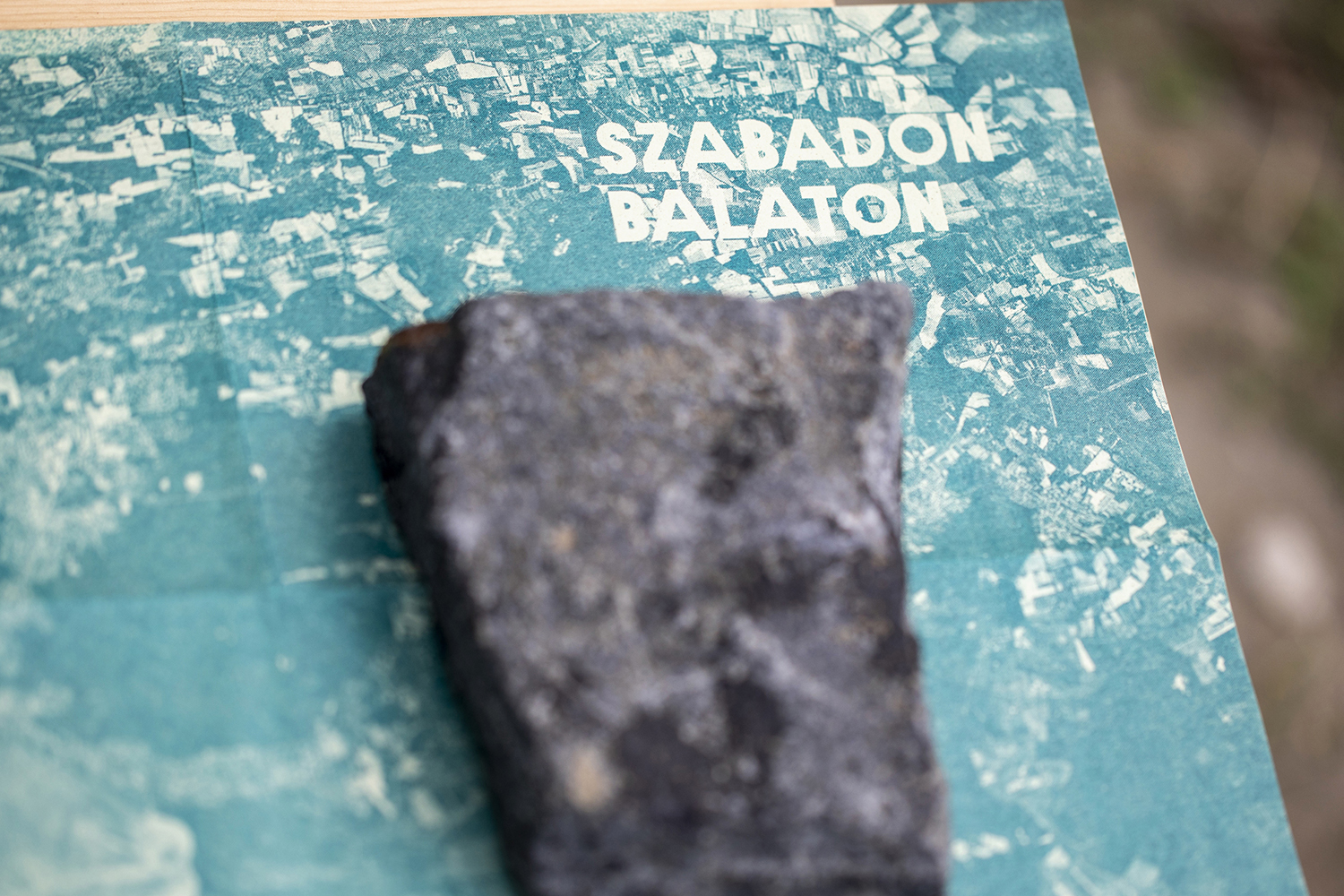
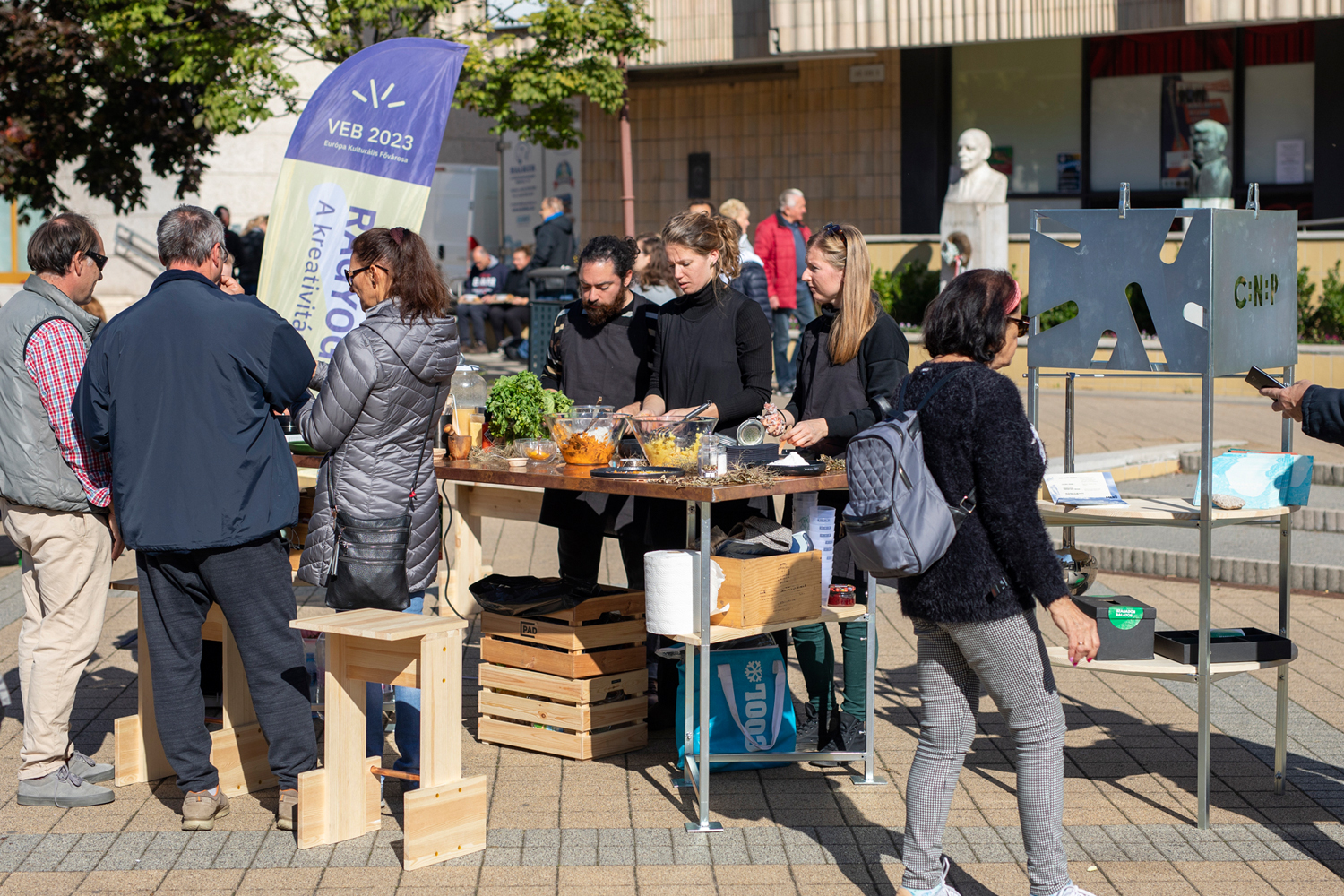
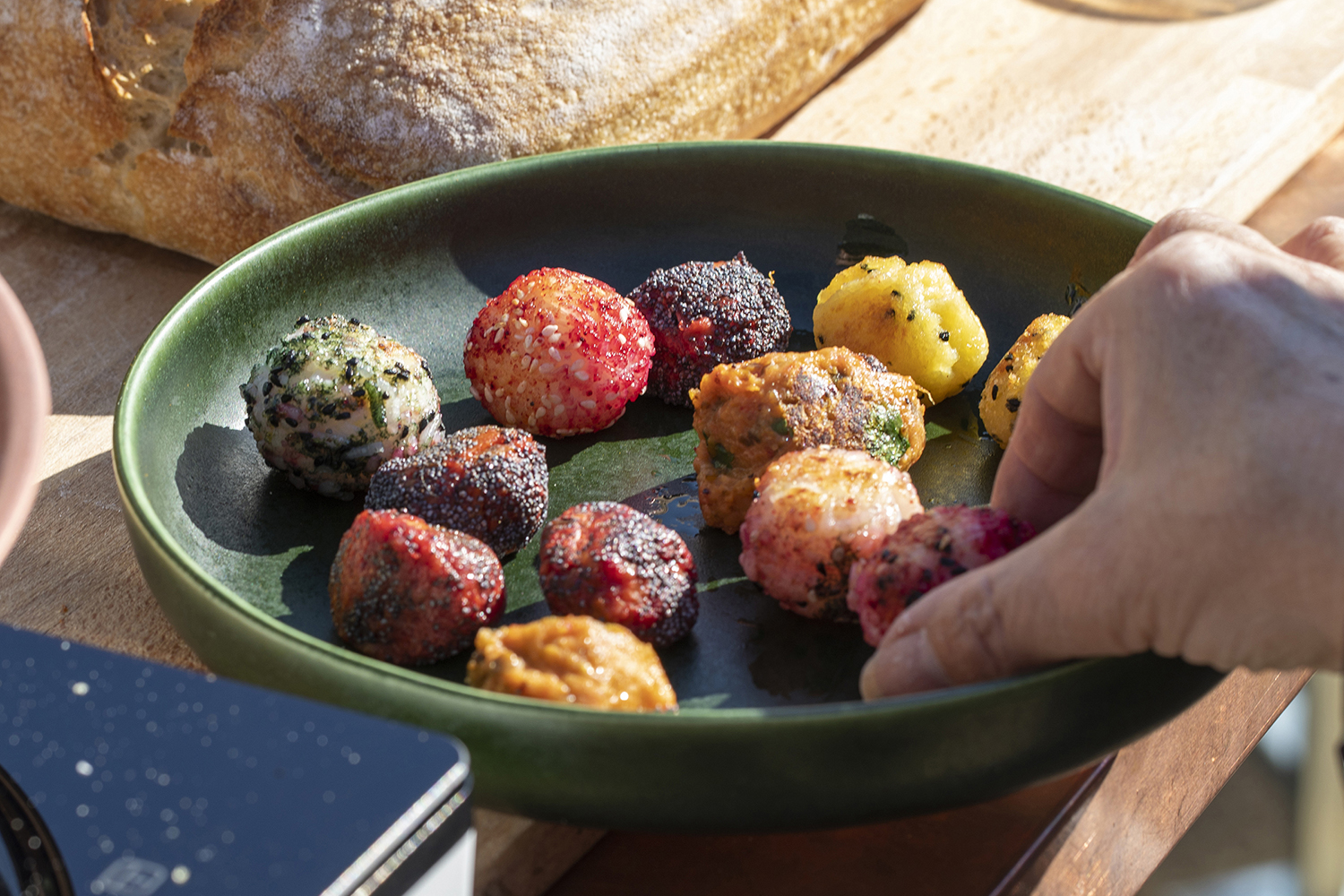
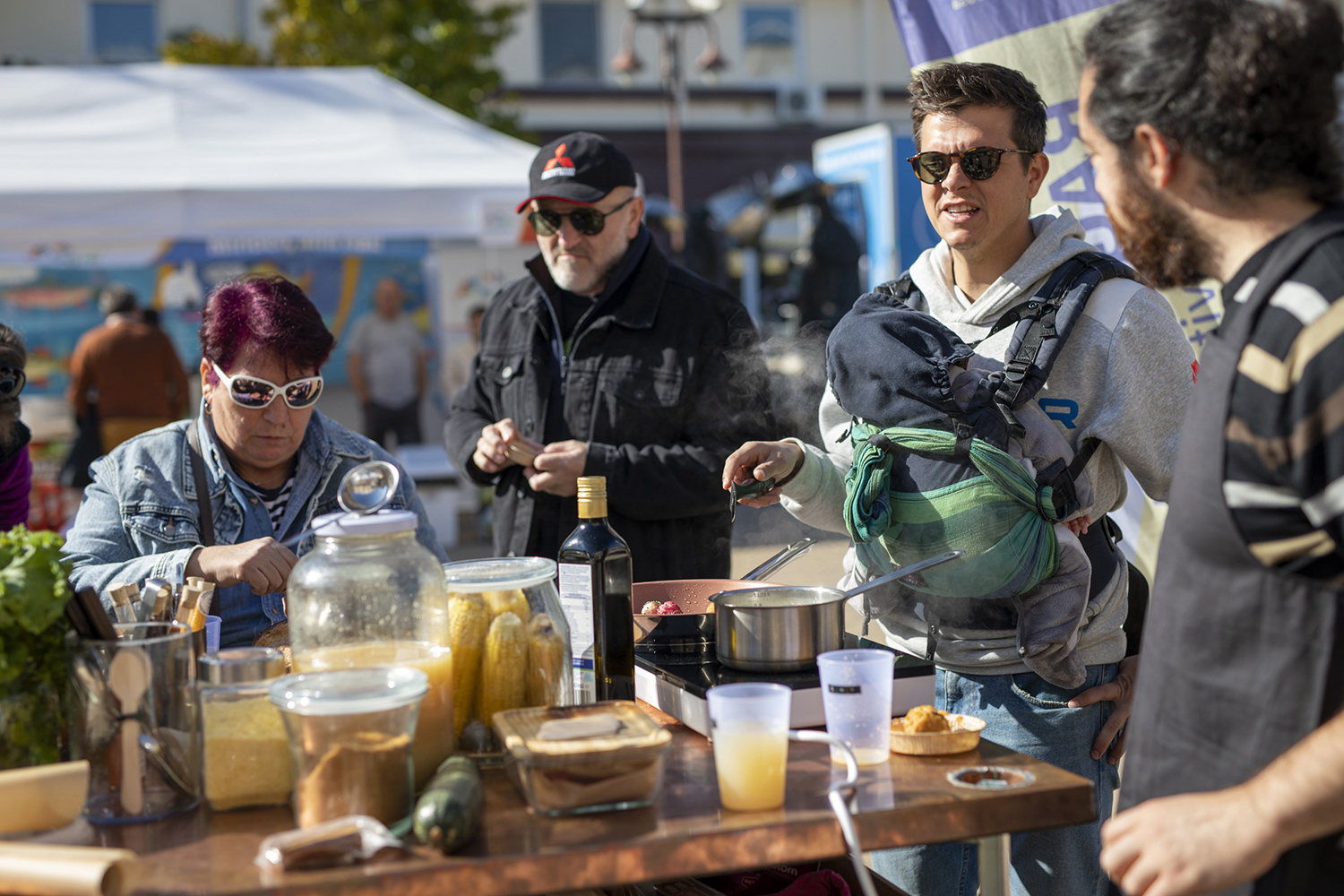

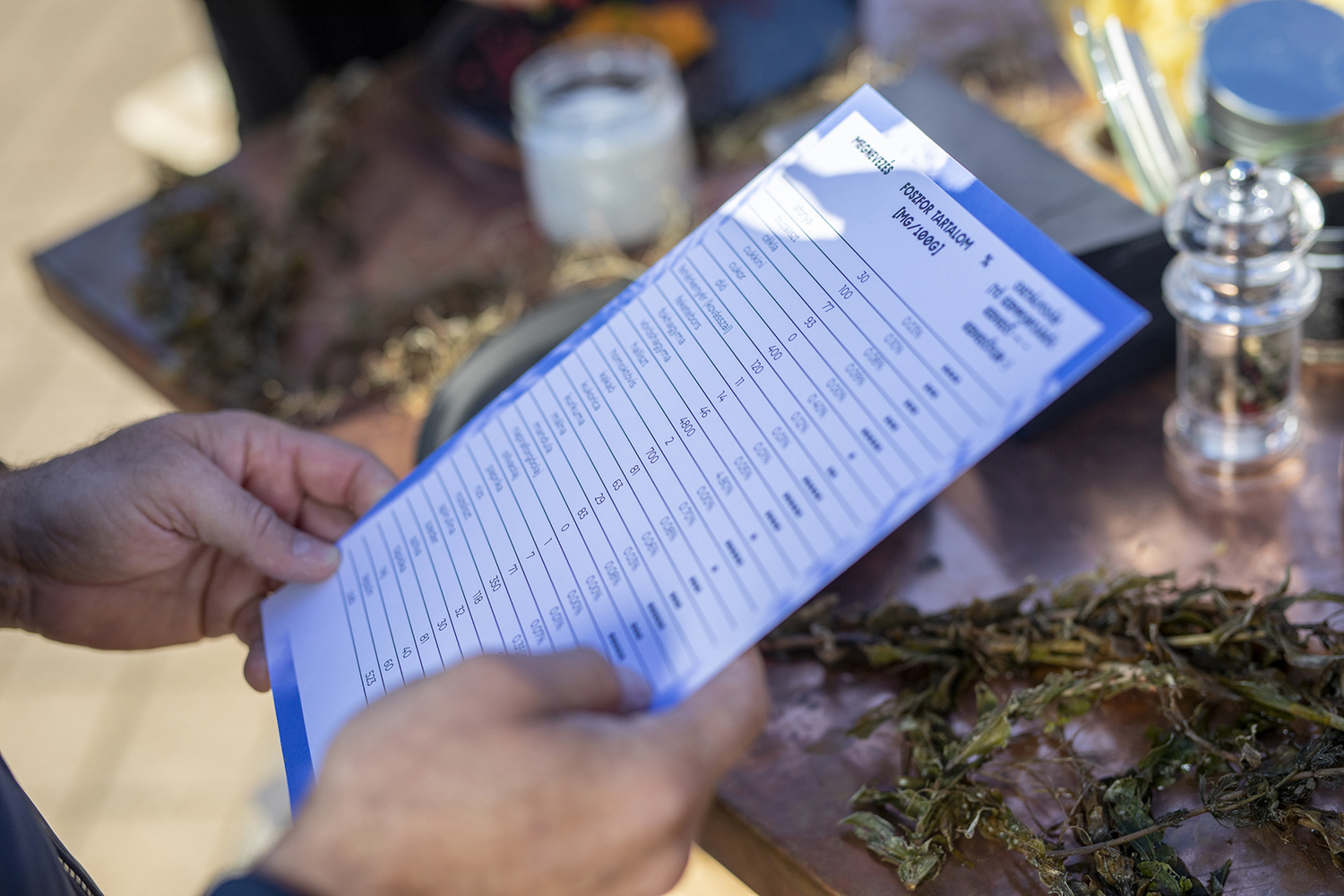
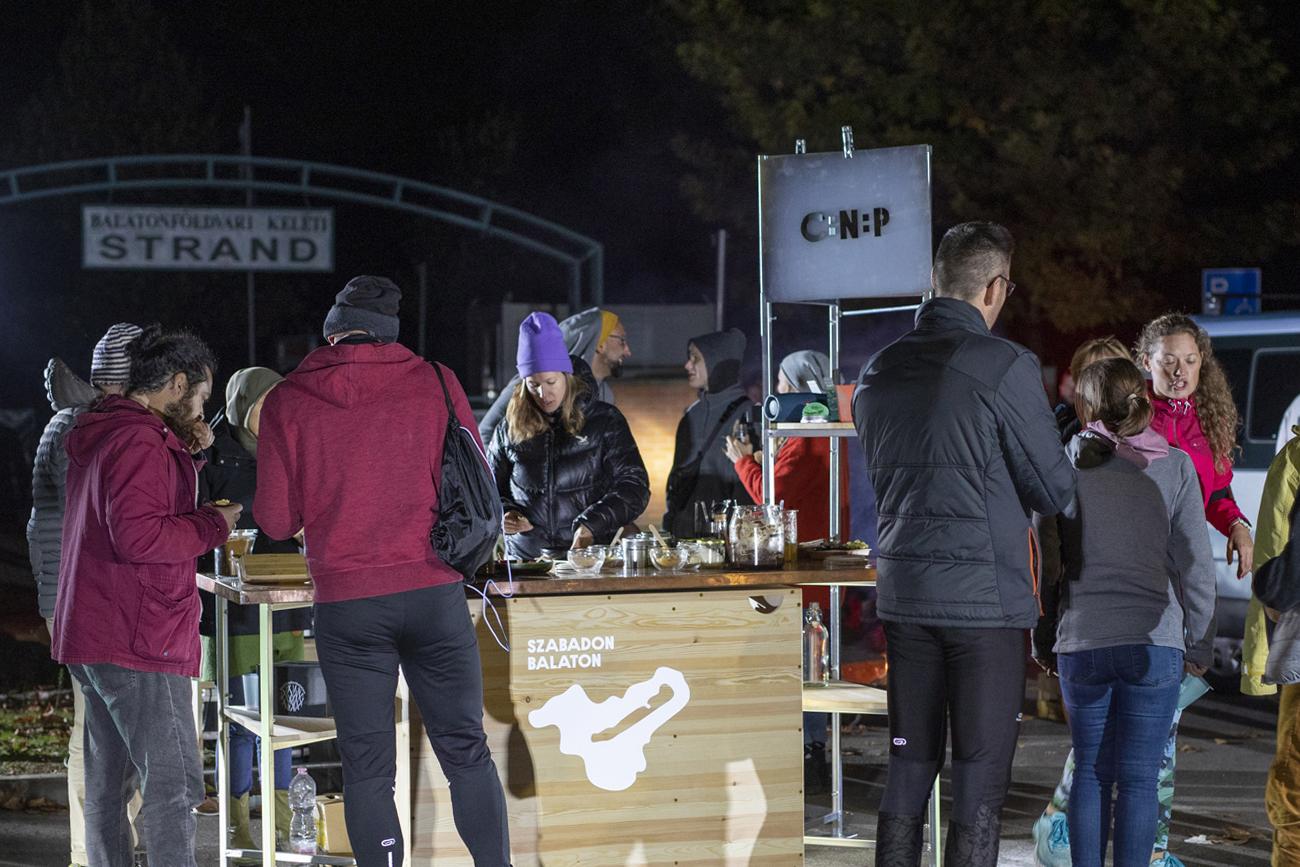
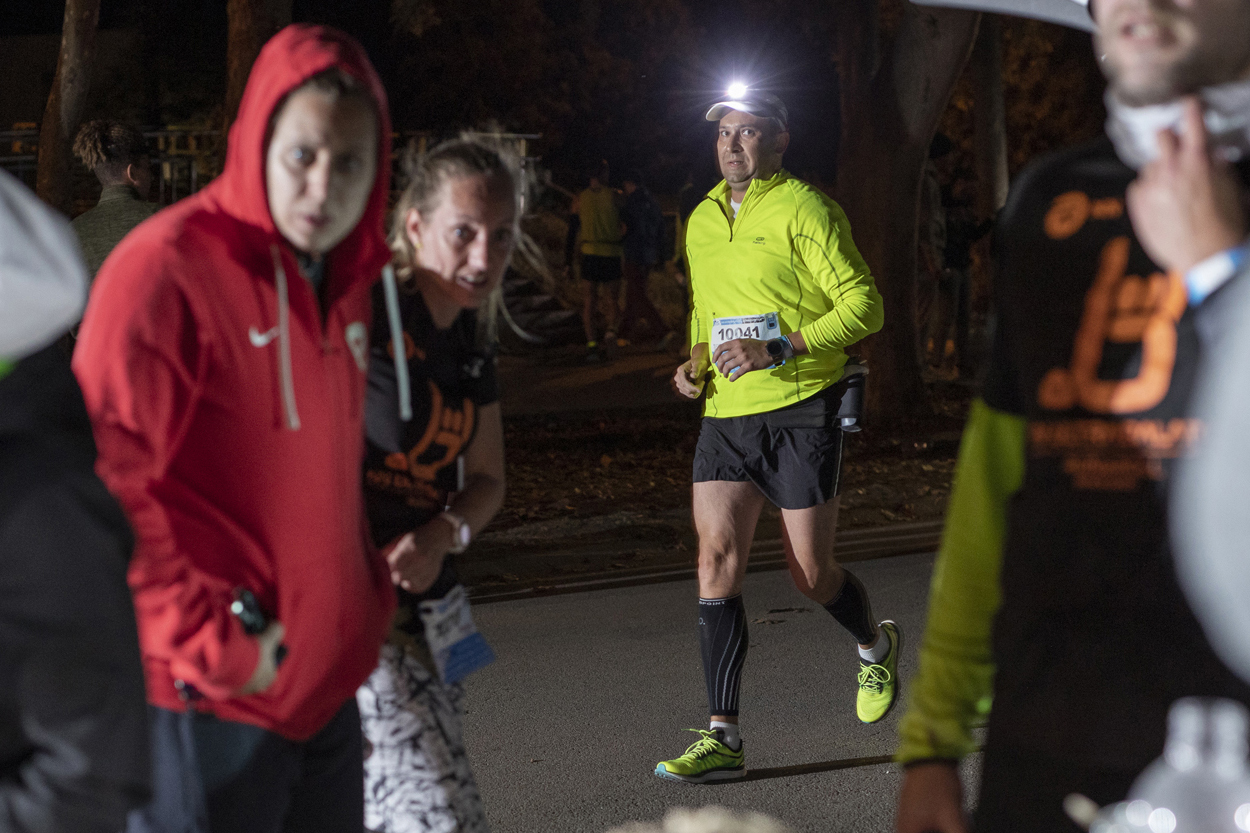
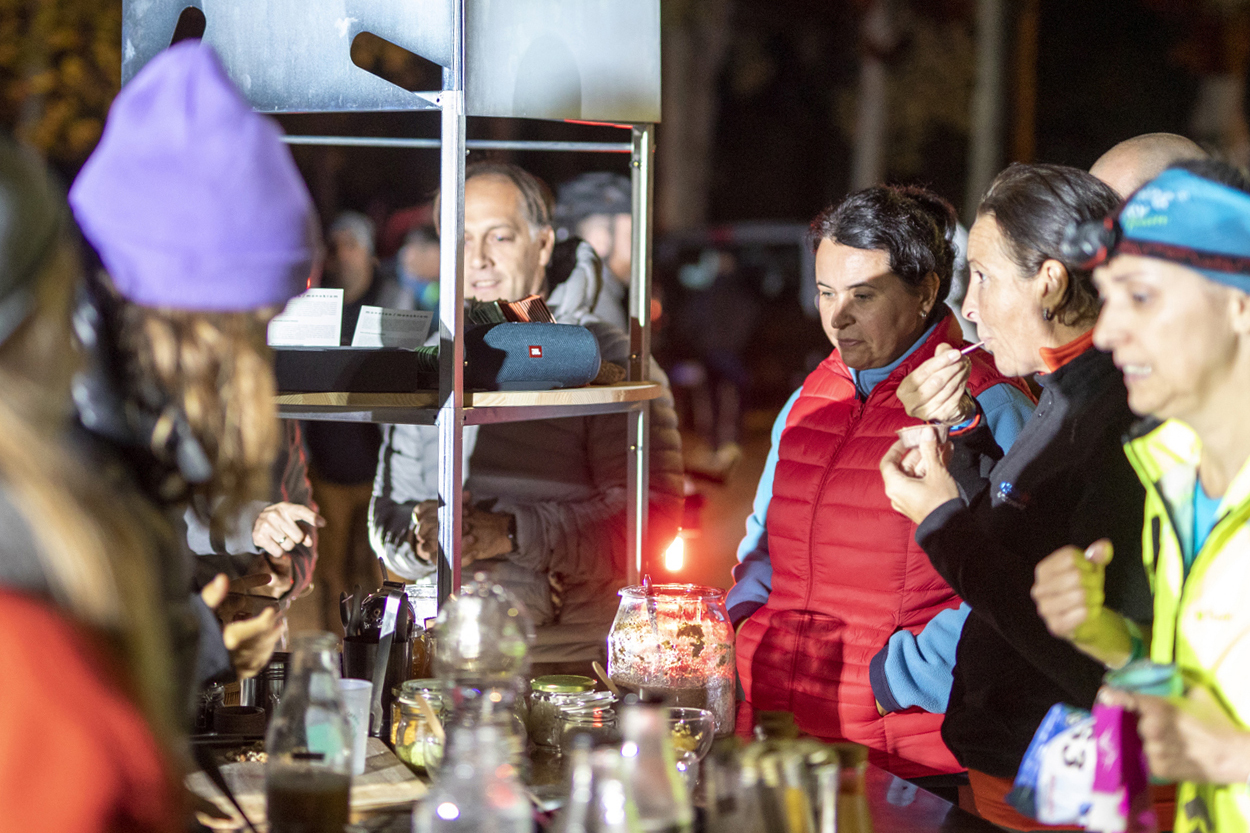
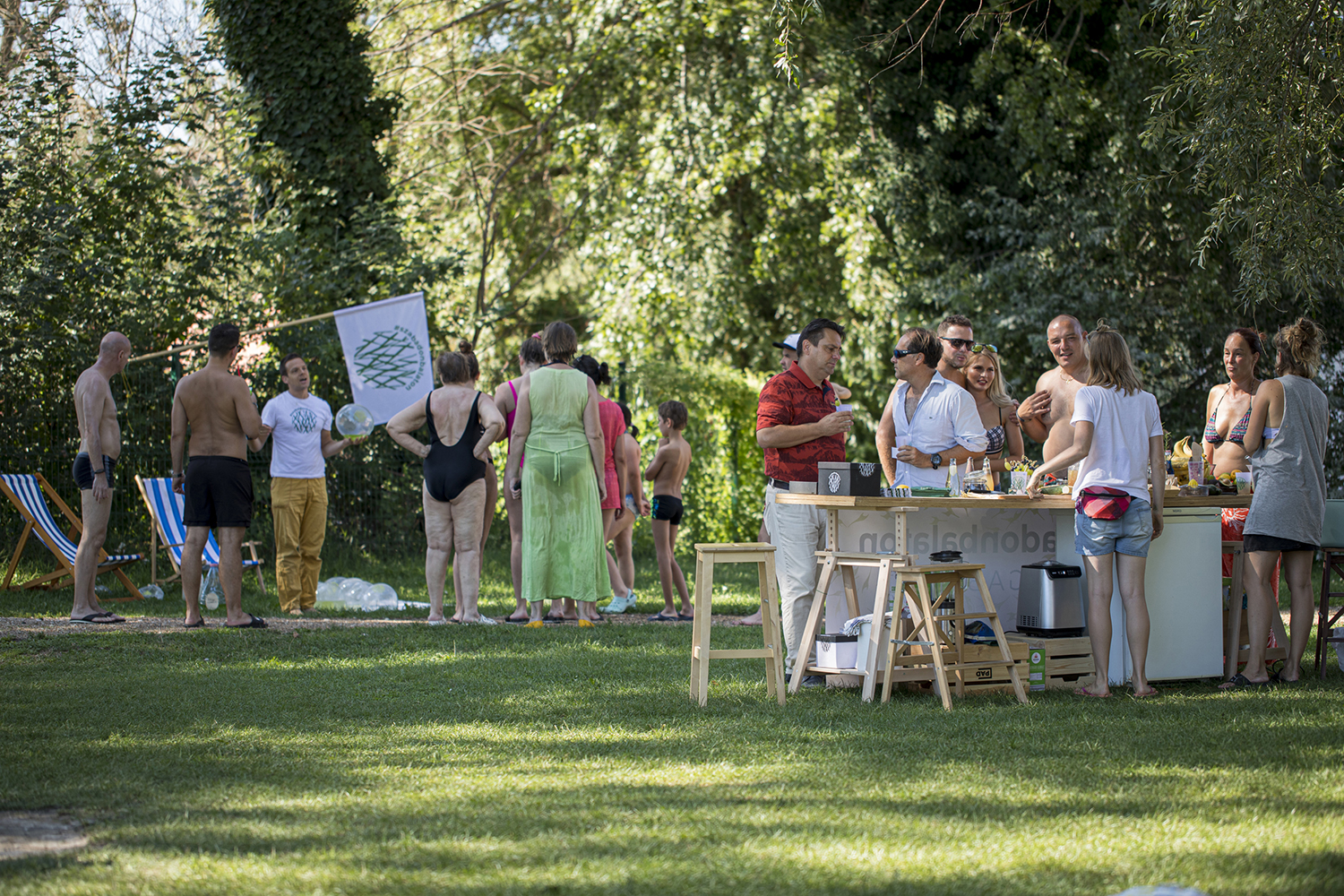
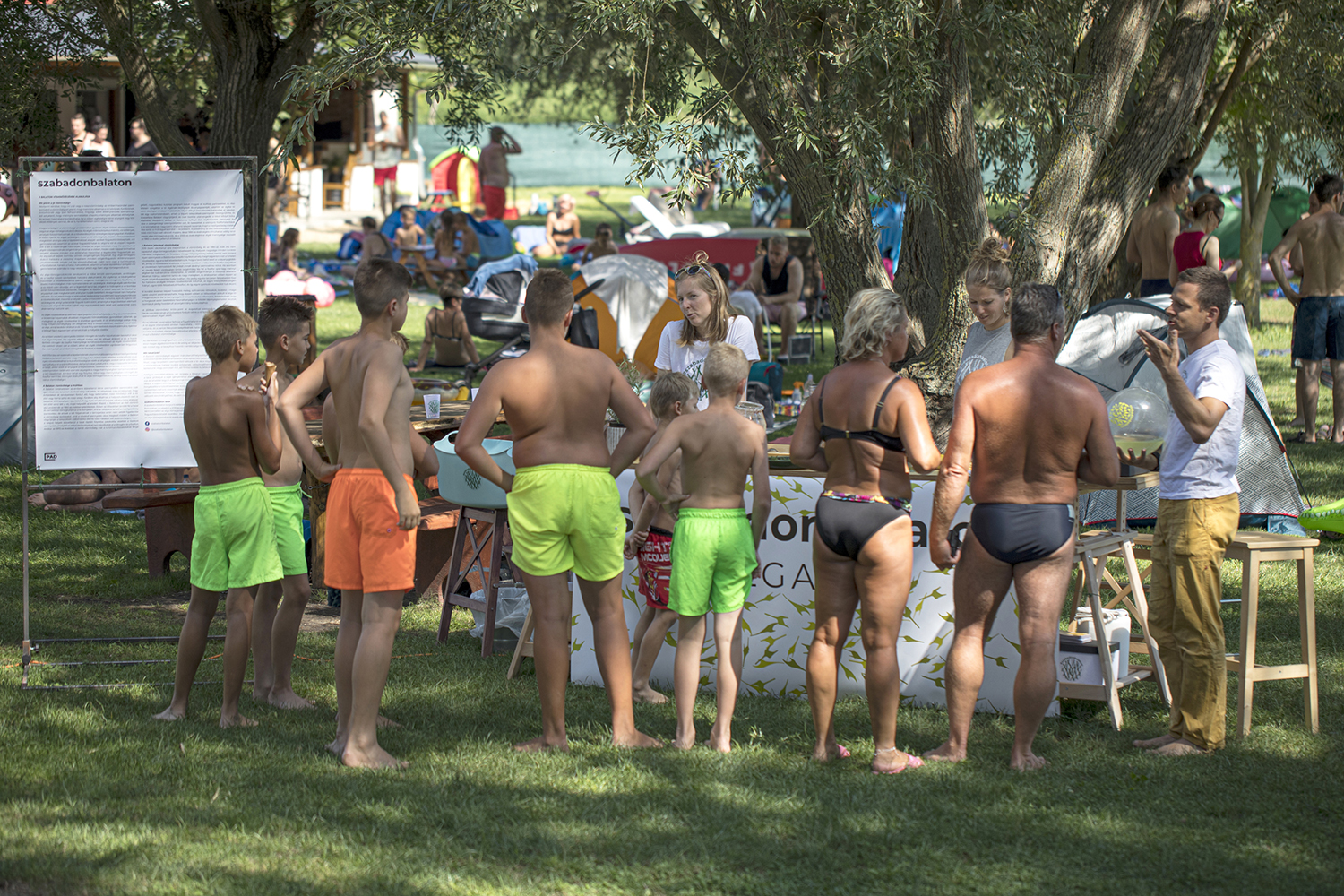
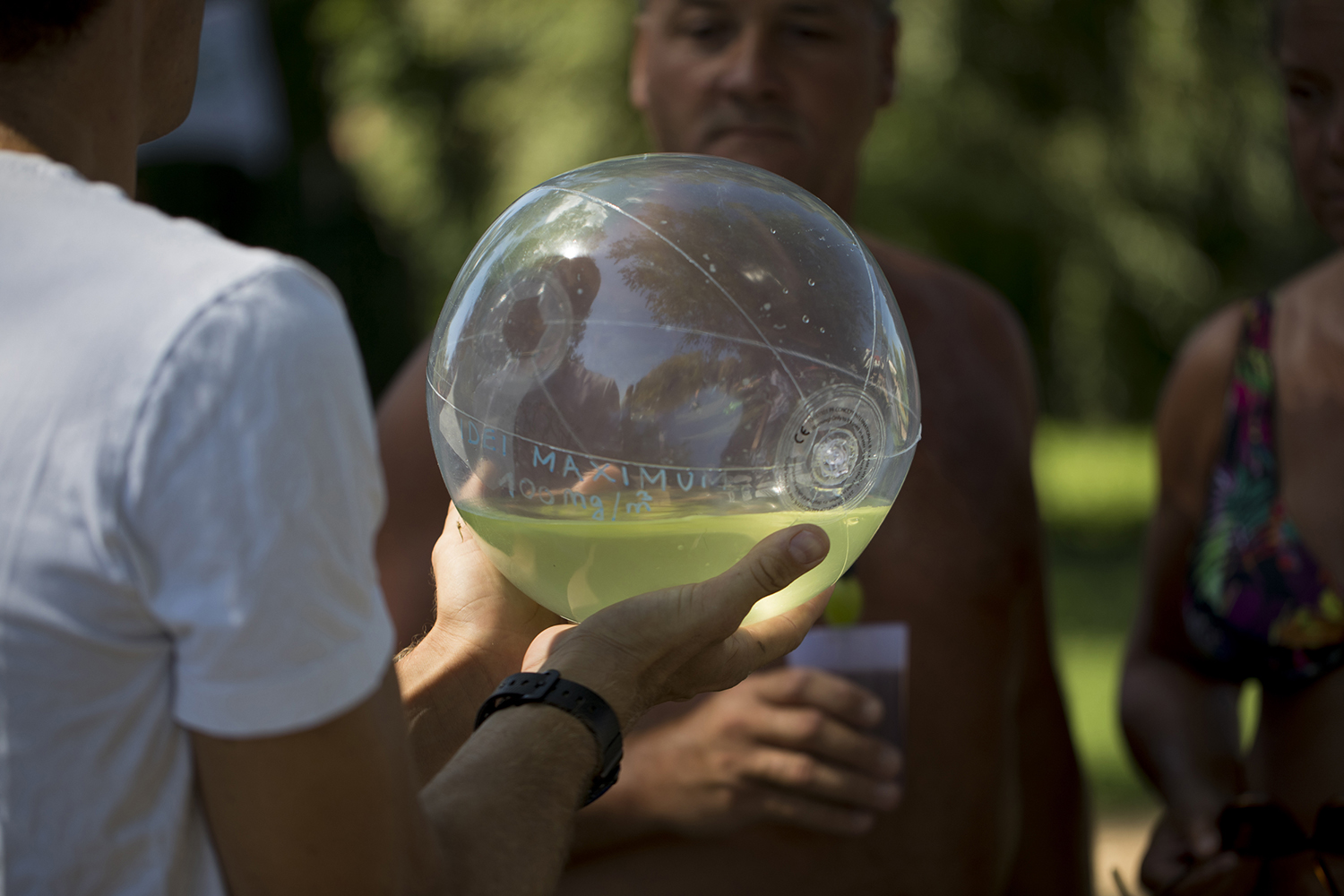
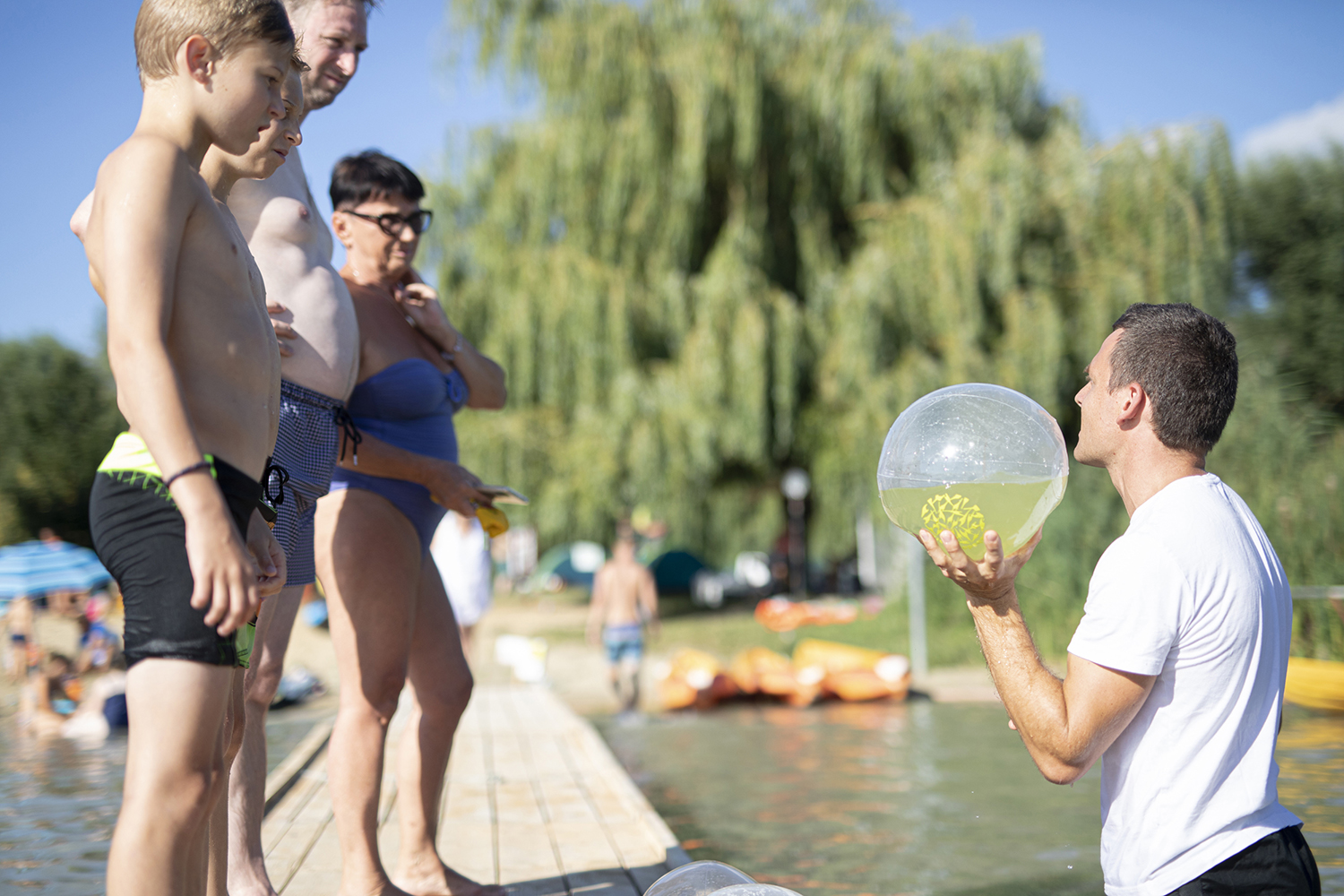
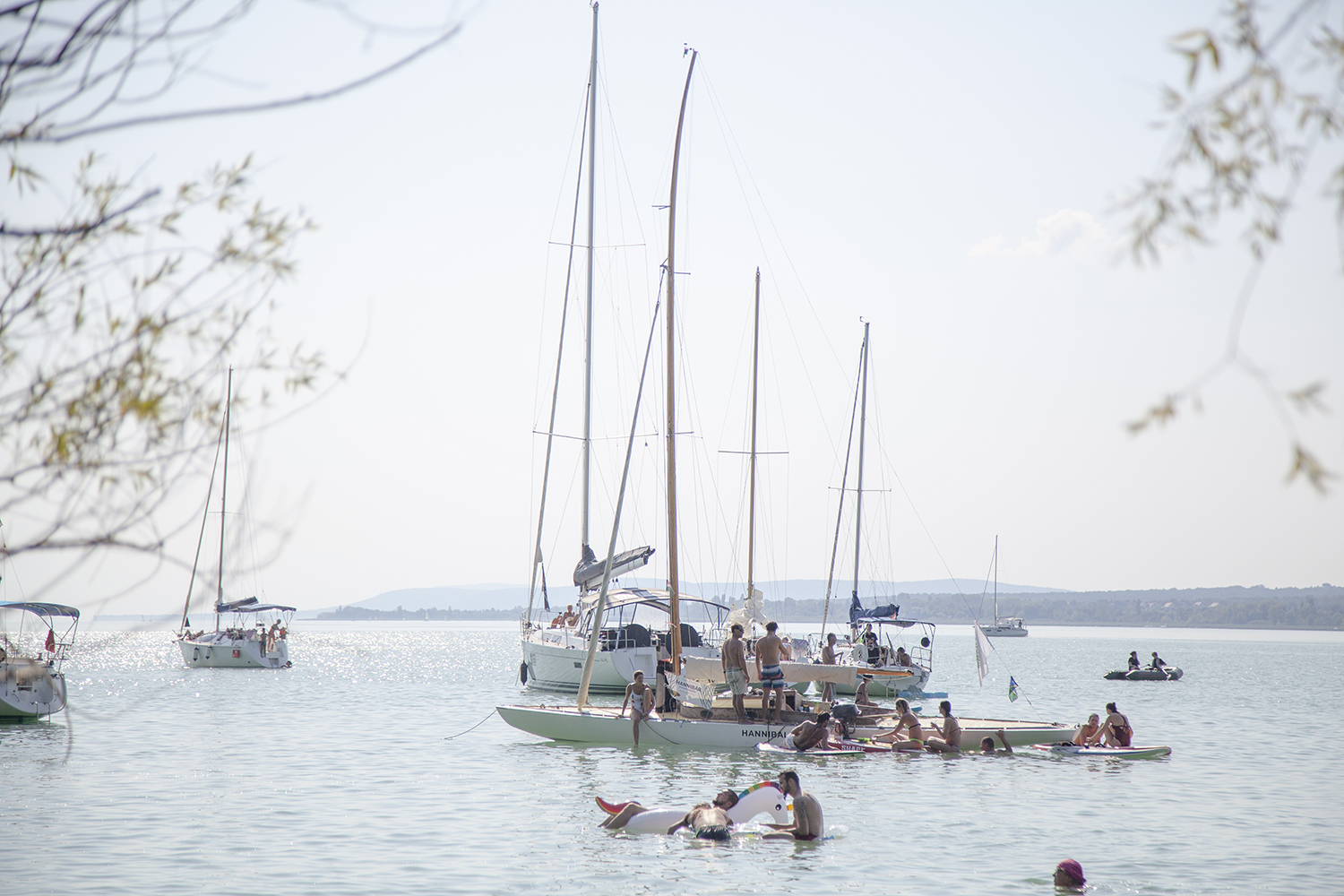
szabadonbalaton bar – danube edition
PLACCC Festival – Budapest Autumn Festival, Hungary, 2021
A special edition of the szabadonbalaton concept bar was focusing on the current state and condition of the Danube floodplains and natural shores.
Special thanks to dr. Sándor Baranya, Head of the Department of Hydraulic Engineering and Water Management at BME, for his contribution and talk about the reasons for the dehydration of the floodplains as well as the deepening of the Danube riverbed.
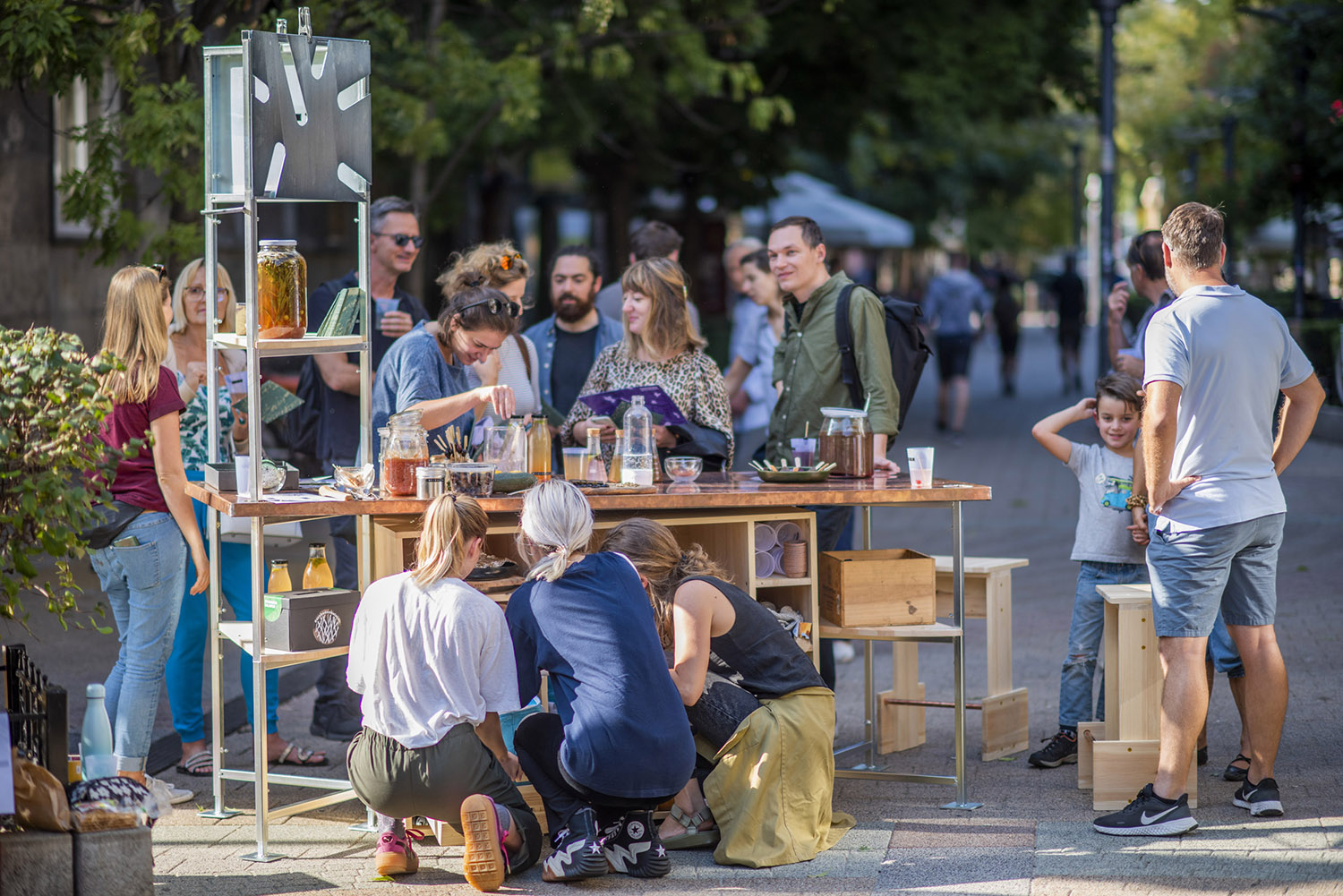

Slaugther the Water
Lieux Public – Marseille, France (2022)
Evoking the spirit of the Aygalades stream of Marseilles, dry plant tissues of the neighborhood, the riverbeds and canals joining them were ritually rewatered. Plant leather made from local fruits and vegetables, and bodies of water were reconnected in the form of an edible installation, ultimately consumed communally. The water of the Aygalades is contaminated and unfit for consumption due to centuries of industrial activities (e.g. soap production, leather tanning), hence the participants could hydrate themselves with purified water from a spring feeding the stream in a process of rehydration reminiscent of animal slaughter.SLAUGHTER THE WATER
